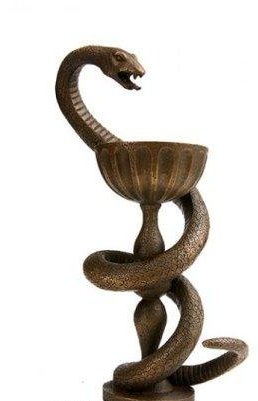Not all chest pain is alike. It may be mild and attributed to noncardiac problems, including heartburn or stress. Or it may be much more severe and life threatening, such as when it is due to an aortic dissection (tear in the large artery near the heart).
Because aortic dissections are frequently mistaken for other, less serious conditions, even in hospital emergency departments, it is crucial that people know if they are at risk and how to prevent a tragedy.
Aortic dissection is uncommon but not rare, with approximately 5,000 to 10,000 reported occurrences each year. Although the main symptom is usually severe, tearing or “ripping” pain in the chest or lower back, other symptoms include rapid pulse, sweating, nausea, weak or absent pulse and decreased sensation in the limbs. Aortic dissections require immediate medical attention, as they can result in massive internal bleeding and death.
People with hypertension, Turner syndrome (a chromosome disorder) and a family history of aortic disease are at high risk for aortic dissection. Additionally, people with Marfan syndrome are at up to 250 times increased risk because of the fragile connective tissue in their aorta. Many people who have Marfan syndrome, however, are not diagnosed and do not know they may suffer an early sudden death due to aortic dissection.
The National Marfan Foundation (NMF) urges those who display outward signs of the disorder-including a tall stature with disproportionately long arms and legs, indented or protruding chest bone, flat feet, long fingers and toes and eye problems-to be evaluated. Medications, surgery and lifestyle adaptations can help prevent a deadly dissection.
Diane Sixsmith, M.D., chair, Emergency Medicine Department, New York Hospital, Queens, advises people who are prone to aortic dissection to take extra precautions. “Early diagnosis and treatment are key to survival for those who are predisposed to aortic dissection,” she says. “If you are in a high-risk group, and especially if you have Marfan syndrome, don’t wait for a tragedy to find you. Patients who have regular echocardiograms and who take medicine to slow the heart rate and the pulse do very well, and preventive surgery (before the aorta dissects) has a greater than 98 percent success rate.”

